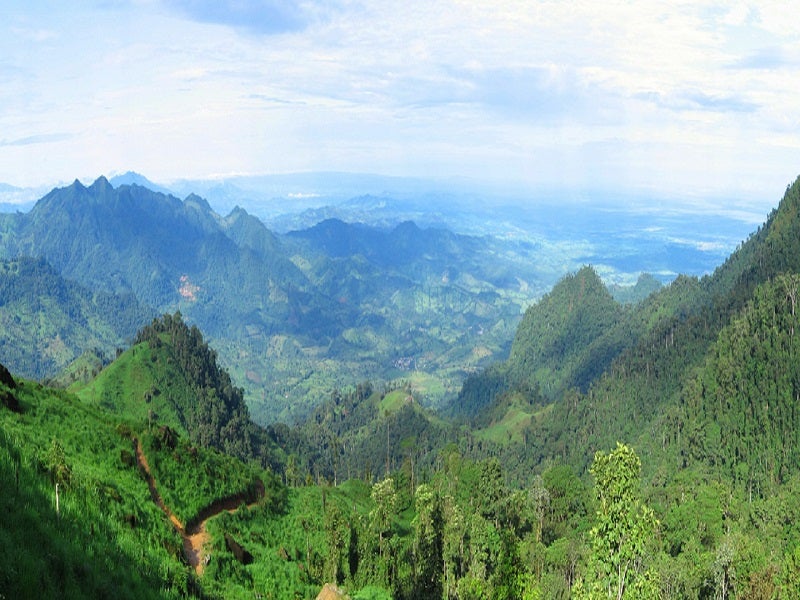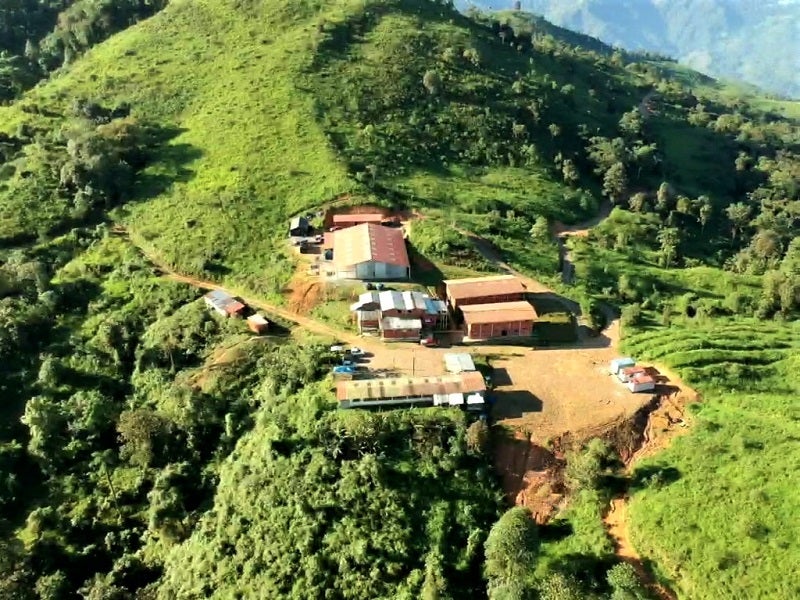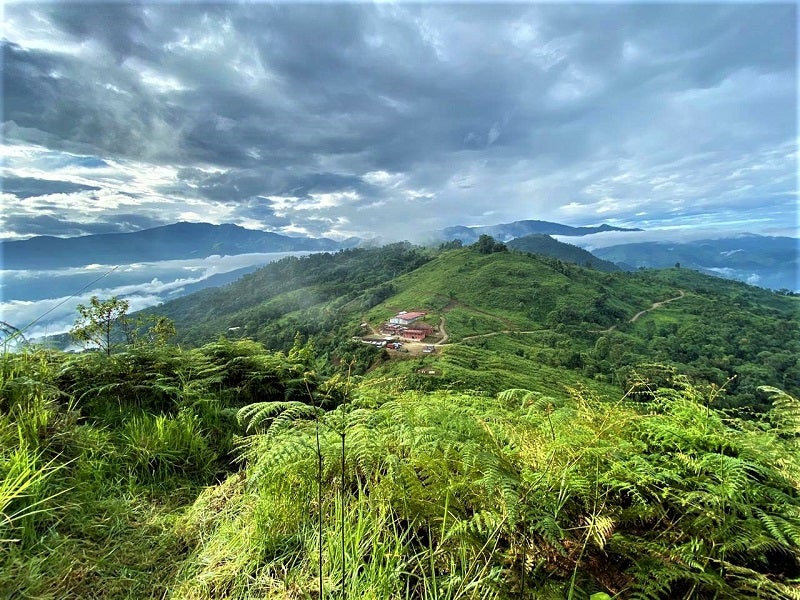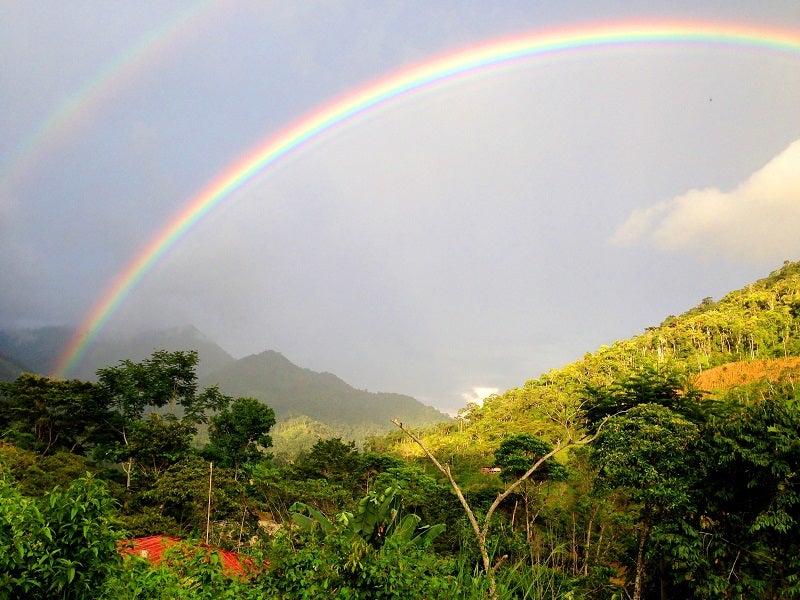Cangrejos gold-copper project is an open-pit mine being developed in Ecuador by Lumina Gold, a precious and base metals exploration and development company based in Canada.
An updated preliminary economic assessment (PEA) of the project was completed in June 2020, while a pre-feasibility study (PFS) was completed in April 2023.
The PFS highlighted increased mineral reserves and a life of mine of 26 years. The project is expected to require an investment of approximately $925m.
Project location
The project is located in south-western Ecuador in the province of El Oro. It lies 30km south-east of the provincial capital of Machala and 40km from the commercial port of Puerto Bolivar.
The project comprises ten mining concessions that encompass a total area of 6,373 hectares.
Geology and mineralisation
The Cangrejos gold-copper project is located in south-western Ecuador on the Andean foothills of El Oro province. The mine area is part of the El Oro metamorphic complex underlain by Miocene-aged, porphyritic quartz diorite and a Cretaceous equigranular diorite.
Mineralisation at Cangrejos occurs as a porphyry-style gold copper mineralisation in hydrothermal breccias and quartz vein stockwork. It consists of disseminated chalcopyrite, pyrite and minor bornite, molybdenite and pyrrhotite. High-grade gold mineralisation is associated with finely disseminated potassic alteration, chalcopyrite-bornite and quartz veins.
Cangrejos gold-copper project reserves
The project is estimated to contain probable reserves of 659 million tonnes grading 0.55 grams per tonne (g/t) of gold, 0.10% copper and 0.69g/t of silver, as of March 2023.
Mining and processing
The Cangrejos gold-copper project is proposed to be developed as a conventional open-pit mining operation. Two adjacent open-pit mines, Cangrejos (eastern pit) and Gran Bestia (western pit), will be exploited at a strip ratio of 1.26.
The run-of-mine ore will be trucked from the open pits and fed to a primary crusher adjacent to the pit. An overland conveyor system will transport the crushed ore to the ore stockpile.
The crushed ore product will be fed to a secondary crusher, high-pressure grinding rolls and ball mills at the processing facility.
The proposed processing plant will have a rated capacity of 30,000 tonnes per day (tpd) or 10.95 million tonnes per annum (Mtpa) for the first three years of operation. It will be expanded to 60,000tpd or 21.9Mtpa from years three to five of operations. The processing plant will be further expanded to handle 80,000tpd or 29.2Mtpa for the remainder of the mine life.
Ore will be processed in a conventional copper-gold flotation concentrator and hybrid leach-carbon-in-leach (L/CIL) circuit to produce gold doré and a copper-gold concentrate. The processed ore will undergo cyanide detox, thickening and filtering of the combined L/CIL and flotation tailings. The tailings will be conveyed to a dry stack tailings facility.
The project is estimated to produce 371koz of gold and 41Mlbs of copper annually, which will be trucked to the port of Puerto Bolivar approximately 40km away for shipping to smelters and refiners for further processing.
Site infrastructure
The Cangrejos gold-copper project is accessible via paved roads and 8km of gravel roads.
It is estimated to require up to 77MW, 140MW and 150MW respectively for the three planned phases of expansion for the processing plant. The power will be sourced through the Ecuadorian National Electric Transmission System (NTS) via the new La Avanzada substation, which is due to be completed in 2023.
Power will be routed to the project’s main substation through a 17km-long, single-circuit 230kV transmission line. Backup power supply is anticipated to be provided by diesel generators until completion of the transmission facilities.
Water supply required for the project will be sourced from pit dewatering and run-off, and underdrain water from the waste rock storage facility. Rainwater will also be harvested during the rainy season.
Contractors involved in Cangrejos gold-copper project
The PFS was prepared by Ausenco Engineering Canada, a subsidiary of consulting and engineering company Ausenco, with inputs from MTB Enterprises. Ausenco was also responsible for the waste rock, tailings management and site infrastructure studies for the 2020 PEA.
MTB Enterprises was engaged to update the 2018 PEA. MTB and Robert Michel Enterprises also completed a scoping-level economic evaluation and review of the project.
Wyllie & Norrish Rock Engineers, a specialist engineering company, provided the geotechnical slope guidance based on which the engineered pit for the PFS was designed.
EPTEC, a power supply consultant based in Ecuador, provided the power supply recommendations for the PFS.
The processing design and capital cost estimate for the 2020 PEA were completed by ONIX Engenharia e Consultoria, a mining and metallurgical consultant based in Brazil.
A market study for the PEA was provided by H&H Metals, a non-ferrous metal and concentrates trading company.
An updated socioeconomic study for the project was completed in 2020 by Social Capital Group, a consultancy specialising in social issues.
Other parties involved in the 2020 PEA include AKA PROS, BD Resource Consulting, Global Resource Engineering, Independent Mining Consultants, ND King Consulting, SIM Geological and Wylie & Norrish Rock Engineers.







